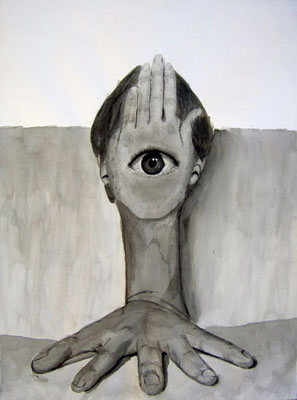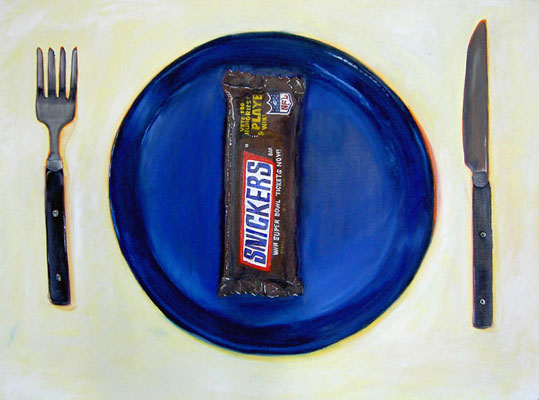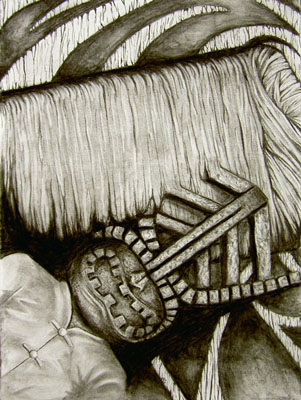|
I view the studio class as a challenging environment where the instructor facilitates feedback mechanisms to help students understand their process of making and think critically about their production. I see art as an operation and not necessarily a product; it is something that cannot be taught, but must be discovered. These understandings lead to an emphasis on strategy and process. The strategies that I have to give to my students are grounded in my own practice: proliferate, distort, accumulate, assemble, layer, describe and catalogue experience, make connections, and explore possibilities. While I have utilized a broad range of materials and techniques in my work, I believe that the strategies behind the work have more potential to help students navigate from their own viewpoint and make connections to their larger communities. In this way, thinking of the tradition of painting as a process of assembling and layering images, or drawing as a way to mark or transcribe matter allows the student to experiment with processes and materials and discover specific techniques in a more meaningful way.
In a foundation setting, these strategies can help establish an understanding of the visual language that goes beyond the art history cannon and refuses to be limited by distinctions between high and low or nature and culture. Describing and cataloguing the world around them enables students to mine their individual perspectives. Along these lines I have helped a design student hollow out part of a fallen tree and transform it into a memory-laden tribute to a beloved ancestor. I have also encouraged a bored and disgruntled painting student to spray-paint over the same surface every day for a month, layering imagery from hip-hop culture, photographing each stage of development and composing a movie that documents his daily engagement with the culture that inspired him. For advancing students the ability to think critically about strategies of production requires more emphasis. Along these lines I have encouraged students to use their skills to address issues from unconventional angles by making bad paintings, or allowing a process to take a drawing to a strange, unimagined state, or to find collaborators to help push the student beyond their comfort zone. My assignments require research and also encourage students to borrow ideas and strategies from other artists and thinkers as a way to stretch their technical skill and augment their critical prowess. By setting aside distinctions between disciplines as much as possible, students have fewer obstructions in finding a unique and meaningful dialogue with the chosen materials, each other, and the larger community. |



